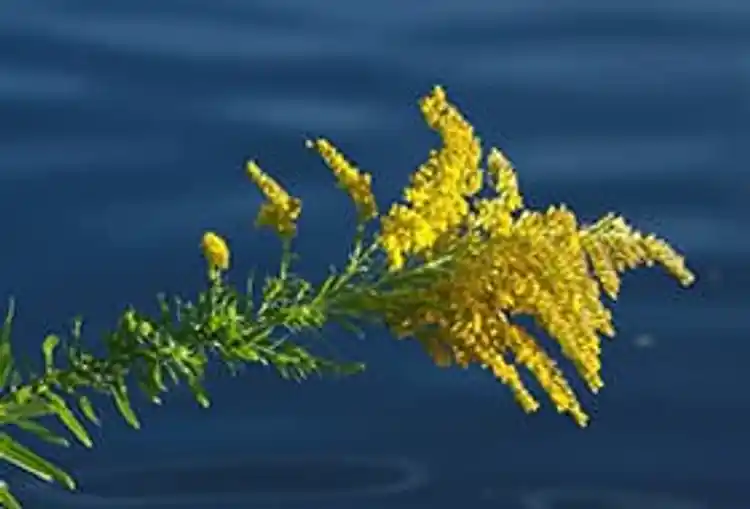Allergy-Causing Plants

Hide Video Transcript
Video Transcript
Narrator
Spiders… Bats... Snakes... Plants… That last one might not seem as frightening. But if you have allergies, these green monsters can send shivers down your spine, and sneezes out your nose. Believe it or not, it's not pollen from flowers you have to worry about, its trees, grass, and weeds that can make spring and fall your least favorite seasons. Here is a countdown of the top 5 allergy-causing plants. At number 5 is Pigweed. Also called Tumbleweed, it's found throughout the U.S. and pollinates from late summer till winter. So if you see a tumbleweed rolling by, you better roll the other way. Coming in at number 4 is Cedar. This family of trees has 70 species pollinating at different times, but spring is the worst. The Rocky Mountain Cedar in particular might make someone in the western U.S. rub their eyes just thinking about it. Number 3, Elm. This towering tree can be found anywhere in the country, but has a stronghold in the eastern and central regions. Some pollinate in the spring, but the worst offenders are in the fall. No wonder people keep having nightmares on elm street. The runner-up at number 2 is Oak. Anywhere you go from sea to shining sea, you're going to find some species of oak. Watch out for them in the springtime. The pollen from these trees isn't quite as potent as some other trees. So instead they attack in numbers, filling the air and ground with the yellow stuff. And the number one allergy causing plant in the United States is… Ragweed! Don't let it's small stature fool you, one plant can produce a billion grains of pollen in a season. This weed pollinates in the fall, and it can travel as far as 400 miles. And there's no escaping it America, because it's all over the country. So there they are, your top five reasons for those red eyes and runny noses come spring and fall.